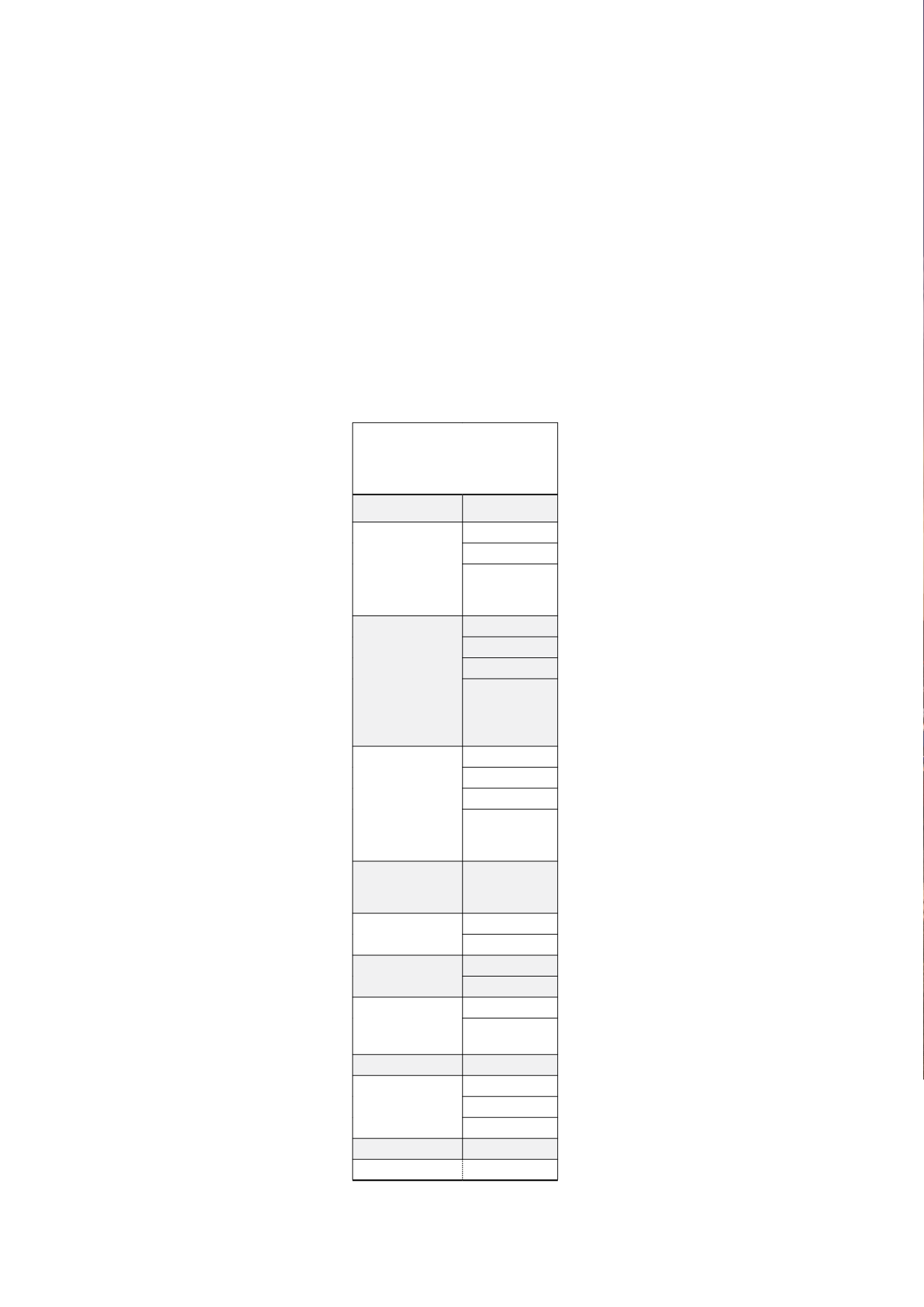
)
Detailed planning and performance of integrity assessments
based on inspection and monitoring results and other
relevant historical information.
)
Detailed planning and performance of necessary mitigation,
intervention, and repair activities.
DNV GL’s recommended practice DNV GL’s recommended
practice can be referenced (DNV-RP-F116), and provides
recommendations for managing the integrity of submarine
pipeline systems throughout their lifecycle. As the basis for
this article, the DNV GL’s recommended practice should be
referenced. Reviewing these recommended practices will provide
the additional detail needed for each of the IM system steps.
Risk assessment and IM planning
Risk assessments are fundamental to
understanding the risks and threats posed to
the pipeline system. This process allows the
operator to focus on activities that prevent
and mitigate loss of containment. This also
helps to ensure that the safety level premised
in the design phase is maintained throughout
the life of the pipeline system.
Prior to calculating risk (which is the
product of the probability of an event and
its consequence) an operator must first
understand the potential threats to a subsea
pipeline and identify those that may impact
their pipeline system. Data and information
should be gathered and reviewed in order to
identify threats. A number of common threats
are considered for subsea pipelines; each of
them is categorised into the following six
groups:
)
Design, fabrication, and installation.
)
Corrosion or erosion.
)
Third party.
)
Structural.
)
Natural hazards.
)
Incorrect operation.
Different approaches are used to
assess pipeline risk. This can be evaluated
qualitatively and/or quantitatively (as is most
feasible). It is anticipated that additional
inspections and other kinds of data collection
(e.g. data gathered from monitoring) will
drive the subsea pipeline community towards
quantitative risk approaches and away from
qualitative and relative risk approaches. Still,
it is important to note that no matter which
approach is used, a documented procedure
must be followed and any deviations from the
procedure must be documented and justified.
The results of a risk assessment will drive decision-making
and long-term IM programmes. The programme justifies
which activities are performed, including why, how and when.
Minimum required integrity control activities are specified for the
different pipeline sections; this includes strategies for integrity
improvement activities. Simply put, the objective of an IM
programme is to provide:
)
A long-term plan (through inspection, monitoring, testing, and
integrity assessment activities) that verifies the behaviour of
the pipeline is in accordance with expected development
when compared to the predications established during
the design phase and/or previous assessments during the
operational phase.
)
A strategy that is prepared for handling any integrity issues
that require improvement through mitigation,
intervention and repair.
Inspection, monitoring and testing
IM programmes that are in accordance with
assessment of risk form the basis for detailed
planning of integrity control activities (i.e.
inspection, monitoring and testing).
Inspection and monitoring are both
considered condition monitoring activities.
These are executed to collect operational
data and condition indicators of a component.
Operational data can be physical data such as
temperature, pressure, flow, injection volume of
chemicals, or the number of operating cycles.
For submarine pipelines, the inspection
and monitoring programme normally covers
maintenance activities. Maintenance activities
can include cleaning (scraper pigs or chemical
treatment) or removal of external debris from
anodes prior to cathodic protection (CP)
measurements, as necessary. Generally, an
inspection monitors the physical state of a
component (for example wall thickness, damage
to the pipeline, coating defect, and pipeline
displacement), while monitoring is the collection
of relevant process parameters, which can
deliver indirect information about the condition
of a component.
In the context of IM of subsea pipeline
systems, testing typically includes system
pressure testing, testing of safety equipment,
pressure control equipment, over-pressure
protection equipment, emergency shutdown
systems, automatic shutdown valves, and safety
equipment in connecting piping systems. System
pressure testing is not normally applied as a
regular integrity control activity, however, in
some cases this may be considered.
Inspection, monitoring, and testing of
pipeline systems can be carried out with
different tools, or combinations of tools, having
Table 1. Available assessment
codes for most common danage
or anomolies that impact subsea
pipeline integrity
Damage/anomaly Code/guideline
Metal loss
DNV-RP-101
ASME B31G
Pipeline defect
assessment
manual
Dent
DNV-OS-F101
DNV-RP-F113
DNV-RP-C203
European
Pipeline
Research Group
(EPRG)
Crack
DNV-OS-F101
DNV-RP-F113
BS-7910
Pipeline defect
assessment
manual
Gouge
Pipeline defect
assessment
manual
Free span
DNV-RP-F105
DNV-RP-C203
Local buckle
DNV-OS-F101
DNV-RP-F113
Global buckle
DNV-RP-F110
Germanischer
Lloyd Rules
Exposure
DNV-RP-F107
Displacement
DNV-OS-F101
DNV-RP-F109
DNV-RP-F110
Coating damage DNV-RP-F1-2
Anode damage
DNV-RP-F103
C
M
Y
CM
MY
CY
CMY
K
64
World Pipelines
/
FEBRUARY 2016


